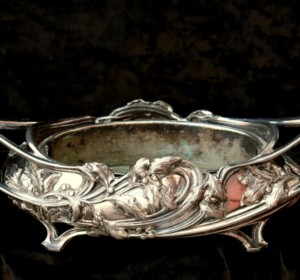Abstract wall sculpture
Rayond Trameau
1897-1985
Mixed technique on black painted chipboard 41 X 39 cm, combining enamels on copper, yellow copper and chiseled red copper edged with tin. A protean artist, Trameau was also a painter, sculptor, ceramist and also one of the best enamellers of his time, figurative with a cubist tendency in his early days, before evolving towards a more tempered abstraction in contact with the musicalists, especially Valensi, of whom he was the friend. Our sculpture, probably created in the 60s is a superb example. Do not hesitate to ask us for photos or additional information by email or telephone.
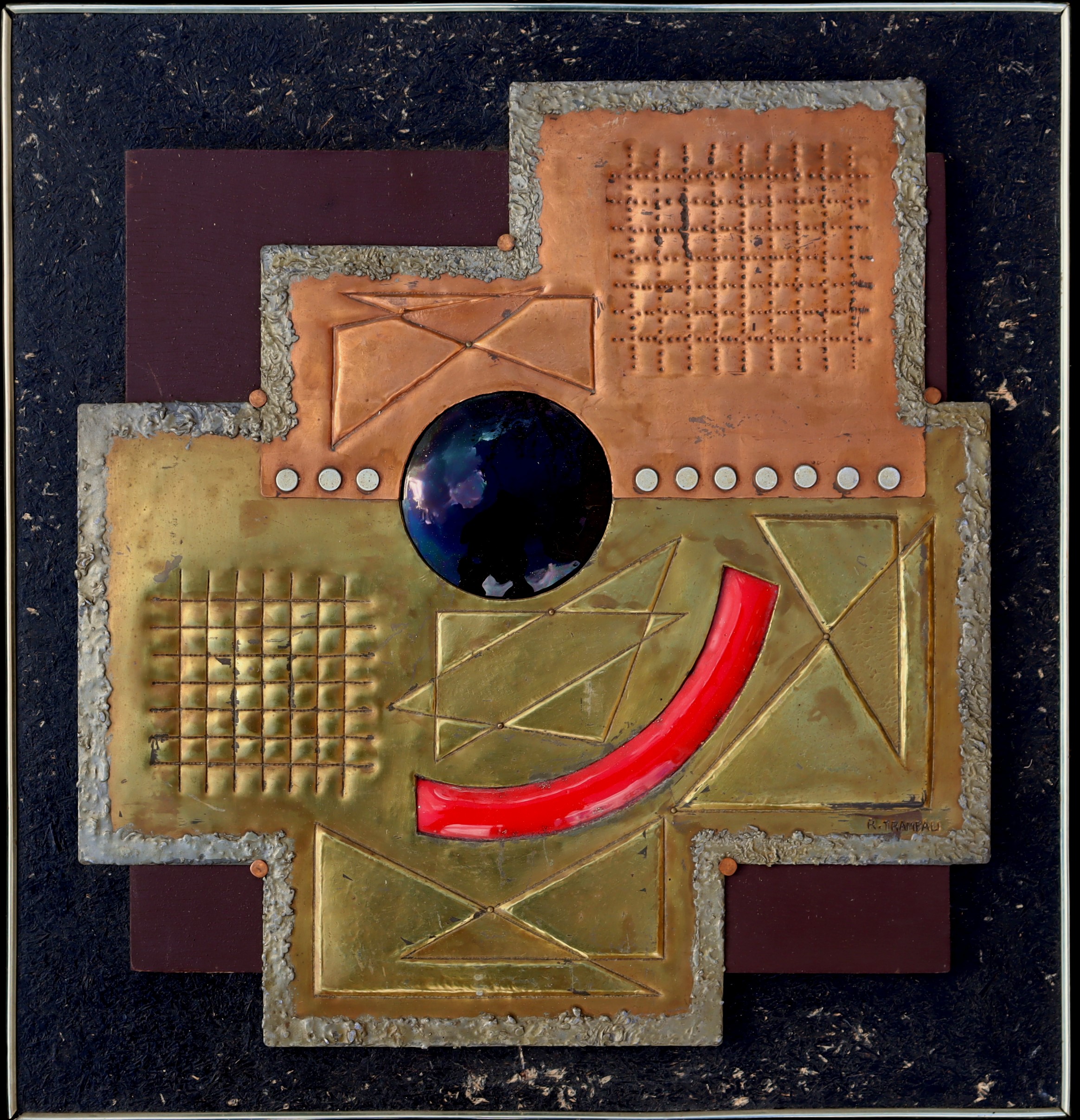
Related projects
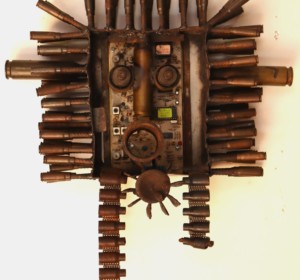
O homen electrico
Goncalo Mabunda born in 1975 “O homem Electrico” (The electric man), 2015, mask/sculpture made up of bullet casings of different calibers, iron,
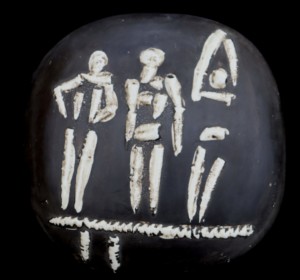
The divers
Pablo Picasso Malaga 1881/Mougins 1973 Atelier Madoura: “Divers or three characters on a springboard” 1956. Round/square convex wall
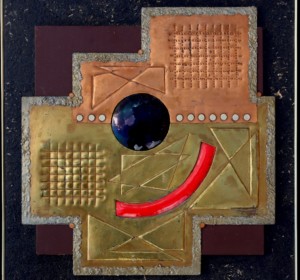
Abstract wall sculpture
Rayond Trameau 1897-1985 Mixed technique on black painted chipboard 41 X 39 cm, combining enamels on copper, yellow copper and chiseled red
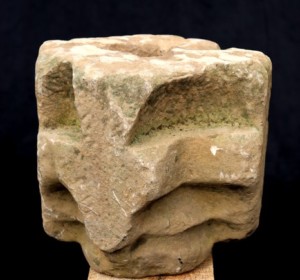
Gothic keystone
Gothic keystone Carved stone 26 X 25 X 21 cm. Although Gothic probably from the second half of the 13th century, this keystone with four ridges
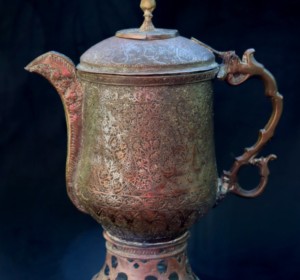
(Français) Ancienne très grand bouilloire perse|:en]Ancient big persian kettle
Persian 18th century Chiseled red copper and cast bronze. The re-use of the central part which dates from the 18th century or earlier, completed
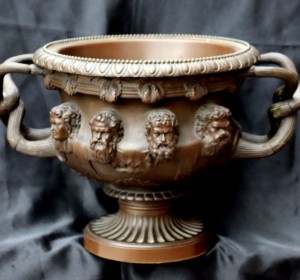
Very large dionysian cup
Grand Tour 19ème siècle «Grand Tour»: grand cratère dionysiaque, seconde moitié XIXe, bronze patine médaille 24 X 36 X 26 cm. Ce modèle se
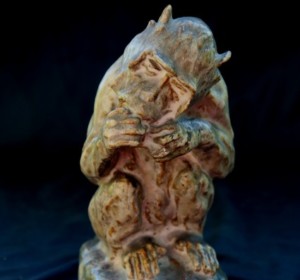
Monkey eating a fruit
Thomas François Cartier 1879 – 1943 Enamelled terracotta with thick gray, brown and green glaze 22 X 10 X 21 cm. The author, a formidable
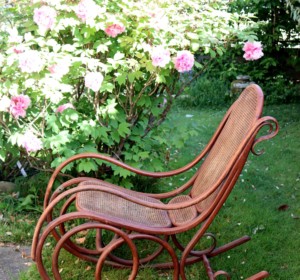
Rocking Chair / Schaukelfauteuil” circa 1900
Thonet Frères Hot bent wood and cane 108 X 56 X 138 cm. Since Patriarch Michael, who had the idea of industrially manufacturing thermoformed wood
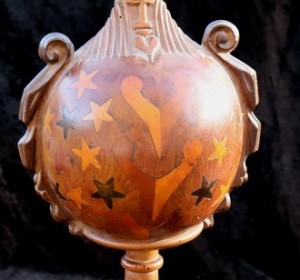
Pedestal Element Of Crucifix
Pedestal Element Of Crucifix In Intarsia XVIIth Northern Italy Although fragmentary and presenting lacks and accidents, this element is

